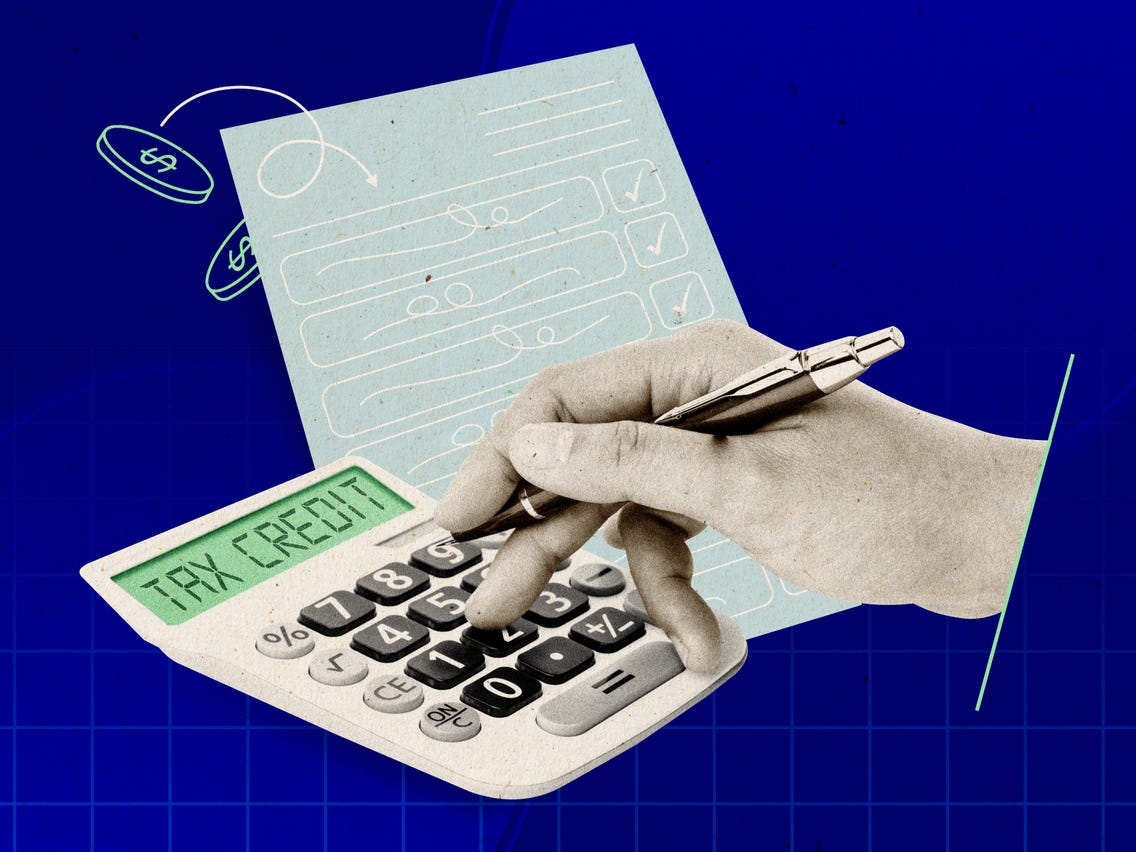Understanding Tax Credits: Refundable vs. Nonrefundable – Expert Tips from Tax Attorney Adam Brewer
Making the Most of Refundable and Nonrefundable Tax Credits
As the April 15 deadline gets closer, the IRS is reminding Americans about tax credits. These credits can lower what you owe or increase your refund, according to the report of Fox 8.
There are two types of credits:
- Refundable
Refundable ones can give you money back, even if you owe less than the credit.
- Nonrefundable.
Nonrefundable ones only reduce what you owe the IRS.
A tax attorney named Adam Brewer says some people might be disappointed with nonrefundable credits. For example, retirees who install solar panels expecting a big refund might not get it. Instead, the credit might carry over to the next year.
The IRS says many Americans miss out on the Earned Income Tax Credit (EITC). This credit helps low- and moderate-income earners. Depending on your situation, you could get between $600 and $7,430.

Unlocking Your Tax Refund Potential
Families with kids can get the Child Tax Credit. You can get up to $2,000 per child, but only $1,600 is refundable. If you paid for childcare you might qualify for the Child and Dependent Care Credit. It can give you up to $3,000 to $6,000 back.
There are other tax credits for students, homeowners, and people who own electric cars. These credits encourage certain behaviors and help eligible taxpayers. You can find a list of credits on the IRS website. Make sure you check them out to get the most from your refund and meet your tax responsibilities.
READ ALSO: Wisconsin Act 42 Saving Farmland with Tax Credits – Check Out Amid Urban Expansion
Moreover, being aware of tax credits can significantly impact your tax outcome. Understanding the types of credits available can help you optimize your financial benefits.
